Search
Search Results

Interview
The World of Parsi Cooking: Interview with Niloufer Mavalvala
In this exclusive interview, Niloufer Mavalvala, author of The Art of Parsi Cooking: Reviving an Ancient Cuisine, speaks to James Blake Wiener of Ancient History Encyclopedia (AHE) once again about the joys of Parsi cuisine and her new title...
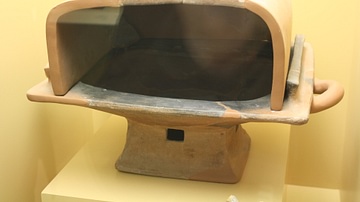
Image
Cooking Brazier (Eschara)
A shallow rectangular cooking brazier (eschara) in terracotta, including cover. 6th-4th century BCE. (Agora Museum, Athens)
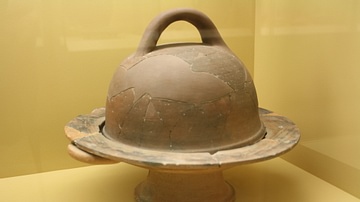
Image
Cooking Hearth With Cover
A shallow terracotta cooking hearth with bell-shaped cover. 6th-4th centuries BCE. (Agora Museum, Athens)
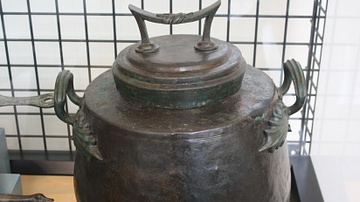
Image
Roman Bronze Cooking Pot
A Roman bronze cooking pot, 1st century CE. (Archaeological Museum of Como, Italy)

Image
The World of Parsi Cooking by Niloufer Mavalvala
Front cover of Niloufer Mavalvala's new book The World of Parsi Cooking
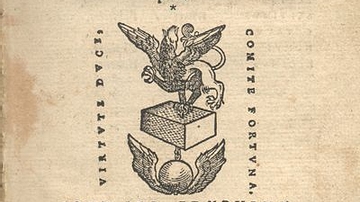
Image
De Re Coquinaria ('The Art of Cooking')
1541 CE manuscript of Apicius' De Re Coquinaria - a Roman cookbook - here named De Re Culinaria.
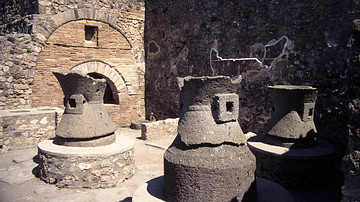
Image
A Pompeii Bakery
A view of the millstones and oven of a bakery (Pistrinium) in the Roman town of Pompeii which was buried in volcanic ash following the eruption of Vesuvius in 79 CE. The millstones have square sockets in which wooden beams would have been...
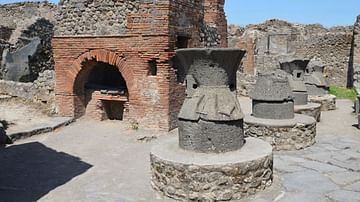
Image
The Bakery of Popidius Priscus in Pompeii
Bread in Pompeii was produced daily in local bakeries. The Bakery (pistrinum) of Popidius Priscus contains four large millstones made from porous lava, traces of a stable, four storage rooms and a large oven which was used for baking the...
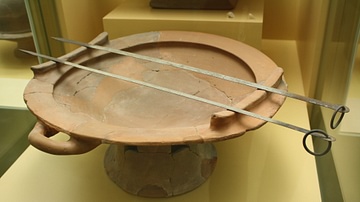
Image
Eschara (Greek Brazier)
A shallow brazier (eschara) in terracotta with metal spits. 6th-4th century BCE. (Agora Museum, Athens)
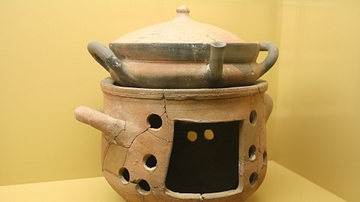
Image
Spouted Casserole Dish
A spouted casserole dish (lopas) including lid and resting upon a brazier. Terracotta, 6th-4th centuries BCE. (Agora Museum, Athens)